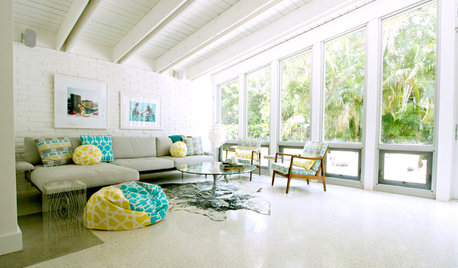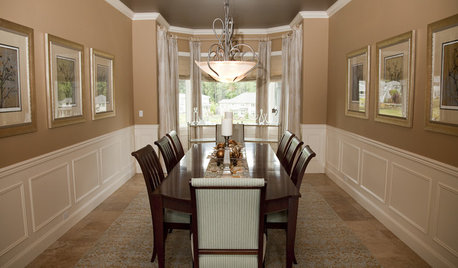Ceiling Paint
choc-full-o-nuts
13 years ago
Featured Answer
Sort by:Oldest
Comments (17)
choc-full-o-nuts
13 years agoRelated Professionals
Boulder Painters · Beach Park Painters · El Monte Painters · Phoenixville Painters · Pleasant Hill Painters · Sebastian Painters · Spring Valley Painters · Springfield Painters · Country Club Cabinets & Cabinetry · Tabernacle Cabinets & Cabinetry · Damascus Flooring Contractors · Decatur Flooring Contractors · Hibbing Flooring Contractors · Swansea Flooring Contractors · West Islip Flooring Contractorschoc-full-o-nuts
13 years agopaintguy22
13 years agochoc-full-o-nuts
13 years agopaintguy22
13 years agosafoo
13 years agosombreuil_mongrel
13 years agochoc-full-o-nuts
13 years agochoc-full-o-nuts
13 years agochoc-full-o-nuts
13 years agoswiftpen
8 years agoMolly Gray
8 years agoswiftpen
8 years agopaintguy22
8 years agoChristopher Nelson Wallcovering and Painting
8 years agolast modified: 8 years agogonecrazy1504
8 years ago
Related Stories

DECORATING GUIDESDesign Debate: Should You Ever Paint a Wood Ceiling White?
In week 2 of our debate series, designers go head to head over how classic wood ceilings should be handled in modern times
Full Story
MOST POPULARHeads-Up Hues: 10 Bold Ceiling Colors
Visually raise or lower a ceiling, or just add an eyeful of interest, with paint from splashy to soothing
Full Story
COLOR11 Reasons to Paint Your Ceiling Black
Mask flaws, trick the eye, create drama ... a black ceiling solves a host of design dilemmas while looking smashing
Full Story
CEILINGSGreat Ideas for Painted Ceilings
Look up: Your ceiling may be crying out for some color
Full Story
PAINTINGBulletproof Decorating: How to Pick the Right Kind of Paint
Choose a paint with some heft and a little sheen for walls and ceilings with long-lasting good looks. Here are some getting-started tips
Full Story
DECORATING GUIDES11 Tricks to Make a Ceiling Look Higher
More visual height is no stretch when you pick the right furniture, paint and lighting
Full Story
DECORATING GUIDESLook Up and Dream: 11 Ideas for an Inspired Ceiling
Think beyond the standard coat of paint, and make your ceiling pop with unexpected materials and glamorous finishes
Full Story
REMODELING GUIDESDecorated Ceilings Are Looking Up
Whether with a simple coat of paint or intricate molding, ceilings are getting some long-deserved attention in interior designs
Full Story
CEILINGSTented Ceilings Raise the Bar
Whimsical or elegant, fabric or paint tenting can take your rooms to new heights
Full Story0
More Discussions











safoo